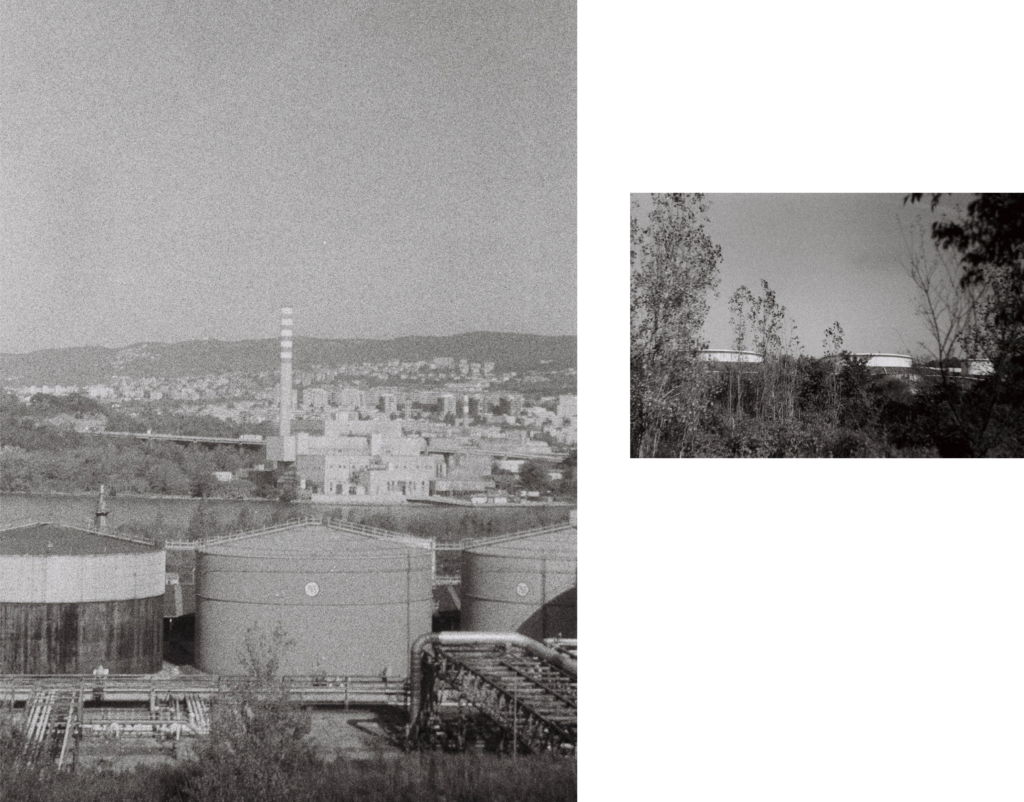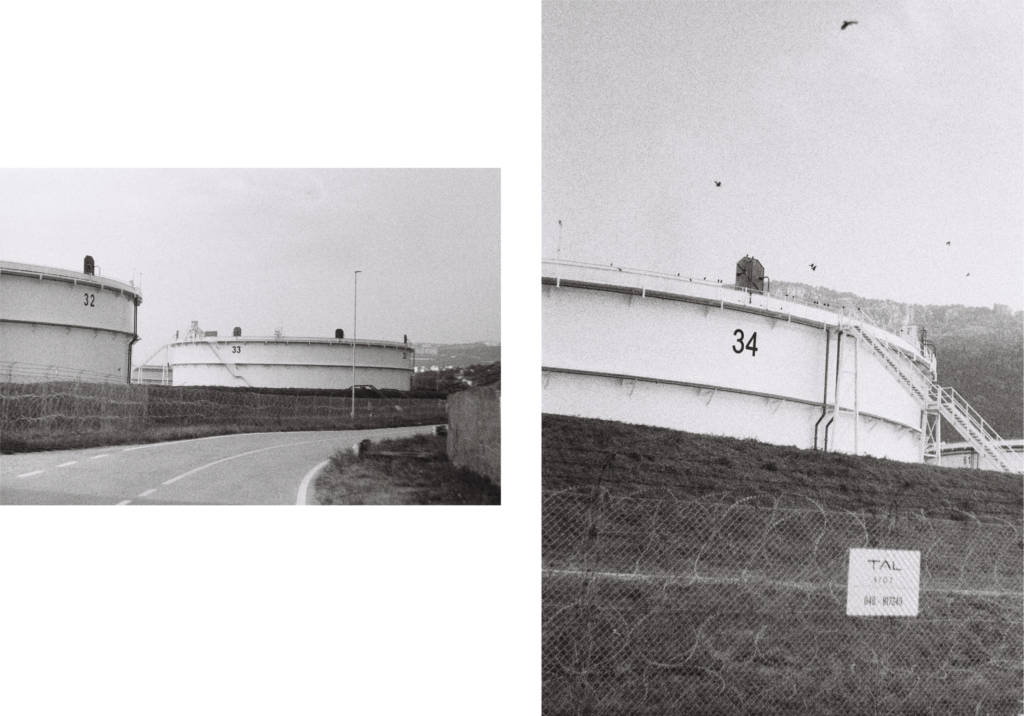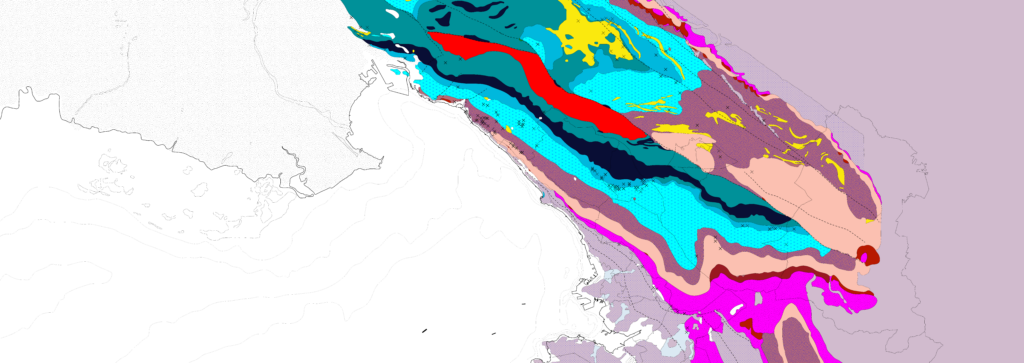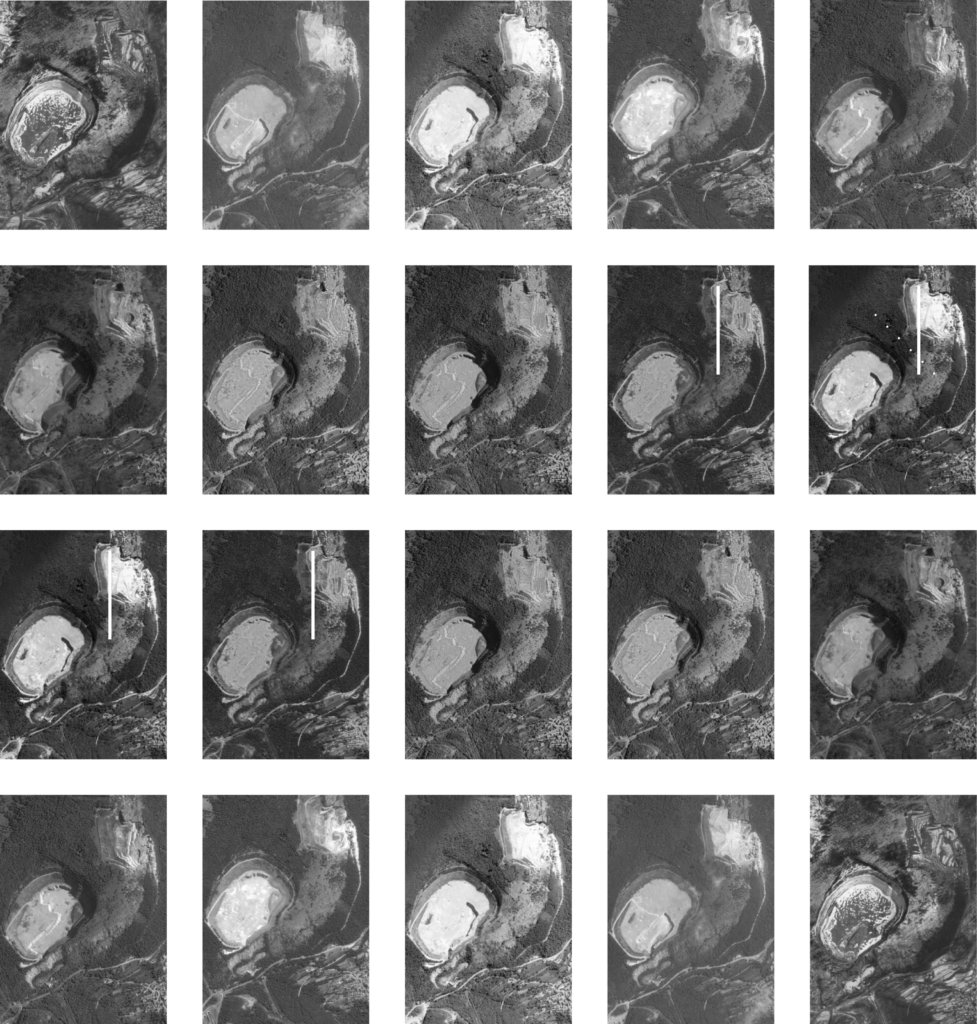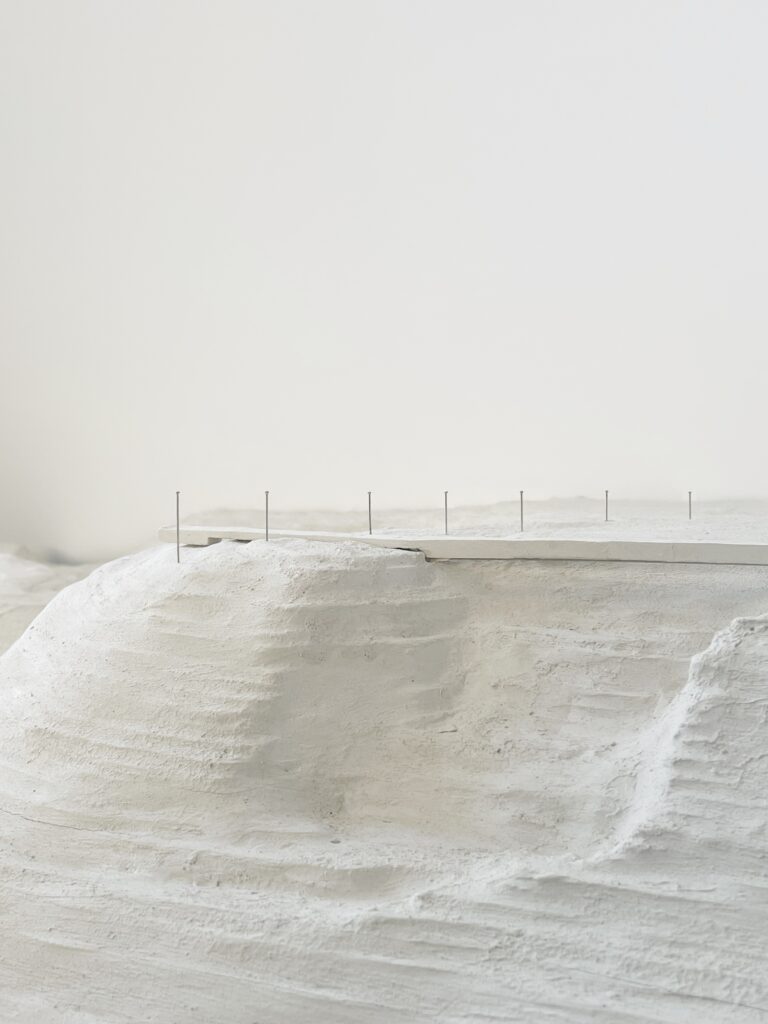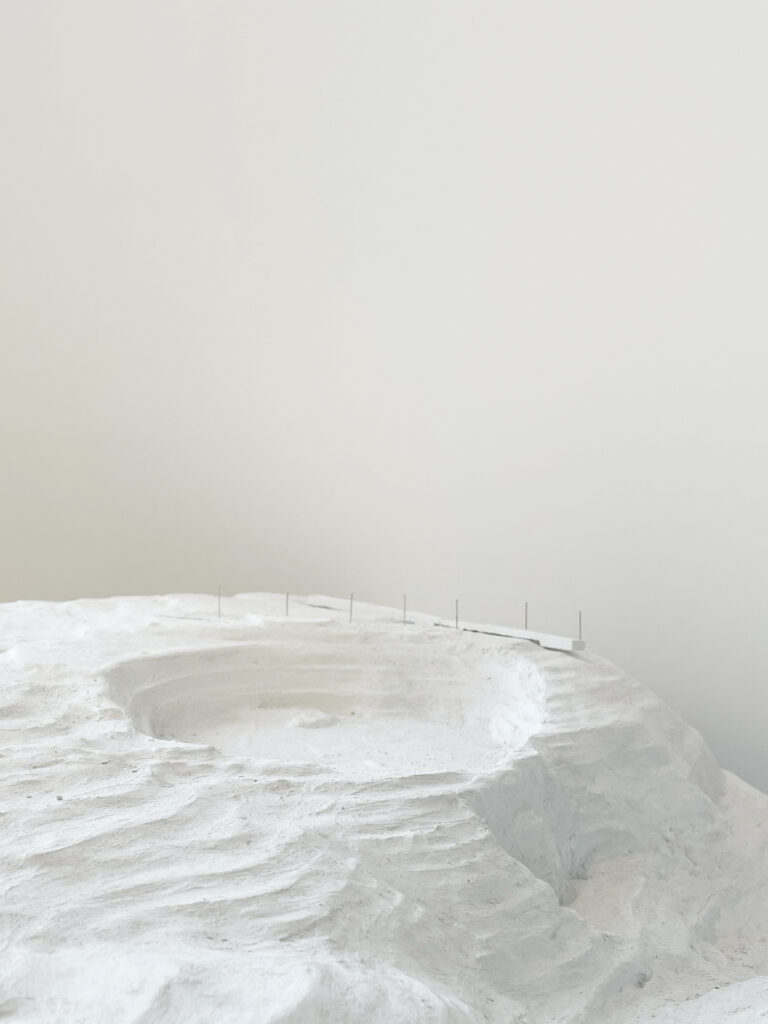POST-INDUSTRIAL ARCHAEOLOGY
Dominika Kopiarova
Trieste’s postindustrial legacy is linked to its port on the Adriatic coast. The industrial archipelagos are readable in the city fabric and – in section – are delineated by the security measures, tall fences and modifications to the soil and air. A dual territorial shift emerged in Trieste – geographical and topological. The former refers to the industry creeping along the port, leaking into the hinterland and the Mediterranean sea while leaving industrial artefacts in the polluted obsolete landscapes. The latter is a shift from the heavy industry of blast furnaces and refineries to the temporality of cranes, warehouses, and oil tanks.
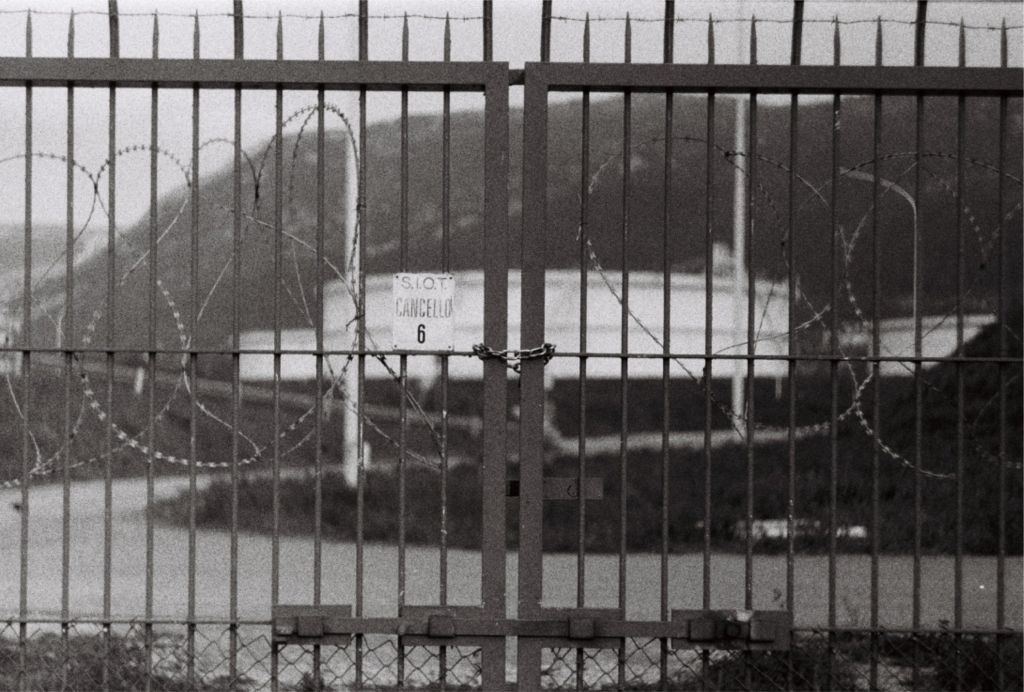
The choice of the site was informed by documenting the postindustrial territory and the larger geological context that aided material exploitation. Limestone is the common denominator along the karstified Adriatic coast. It is a critically unstable landscape due to the chemical dissolution of limestone by percolating acidic groundwater, which results in the formation of solution features – cave systems, sinkholes and negative relief landforms.
A map of its heterogeneous geology illustrates this characteristically unstable Karstic terrain and documents the quarries and mines. The now-closed surface quarries for cement production in Trieste portray the forces of social and natural entropy actively dissolving the landscape. In the obsolete territory of a quarry, the project is conceptualised as a continuation of these entropic processes.

